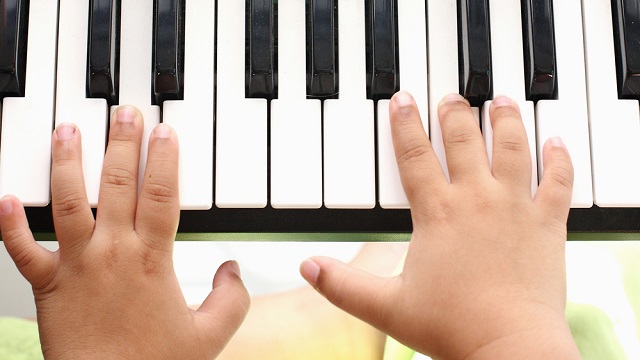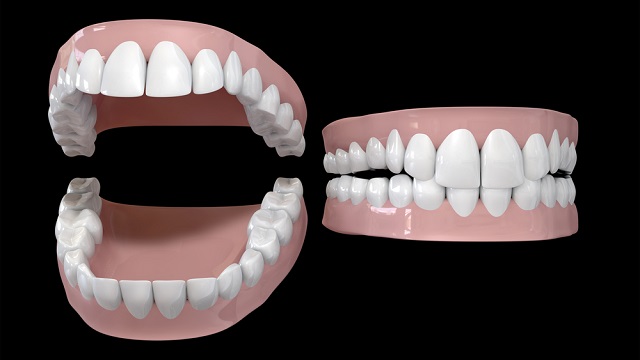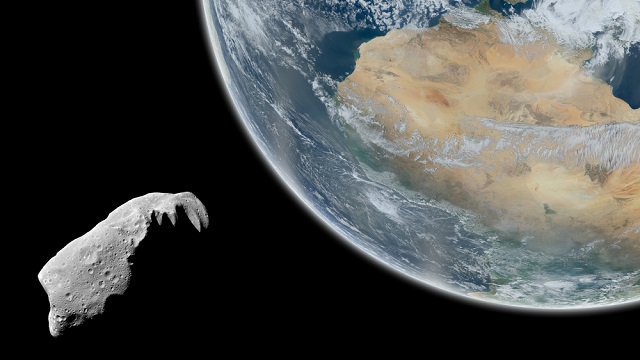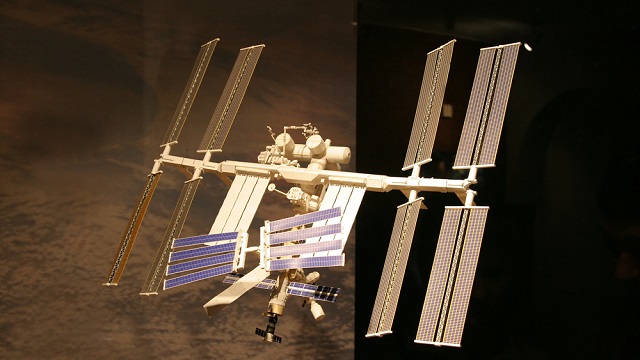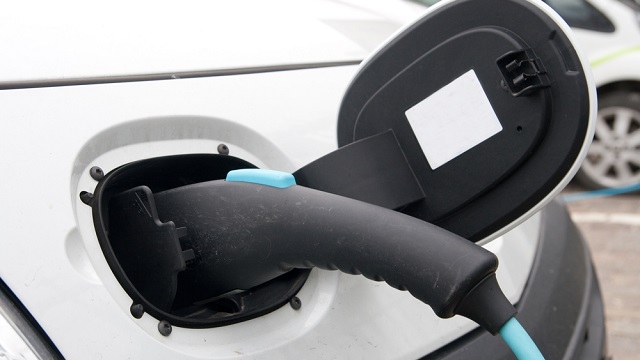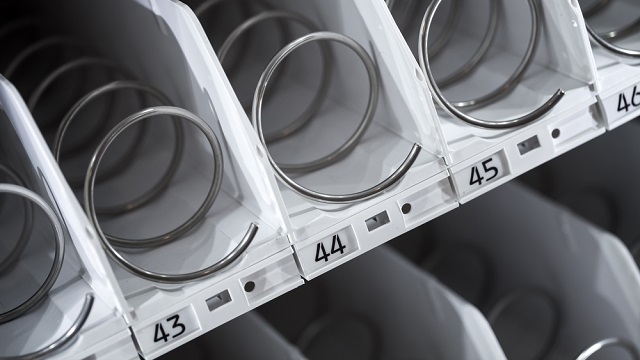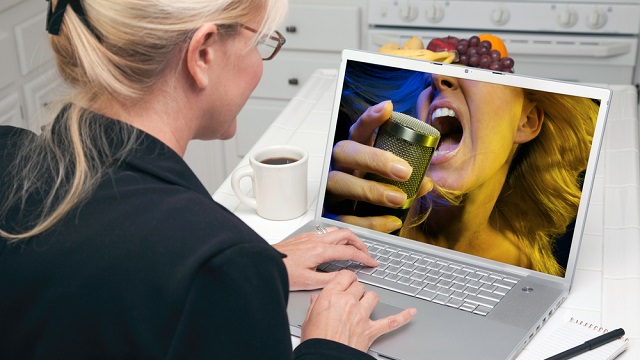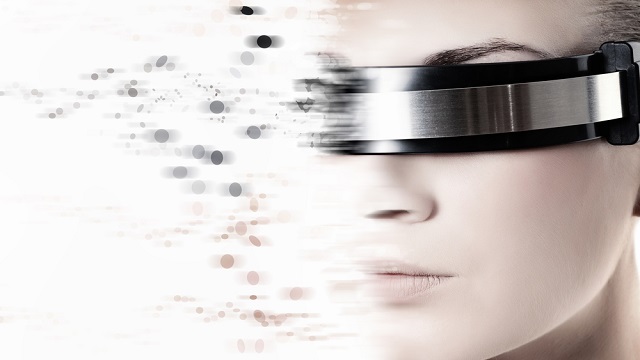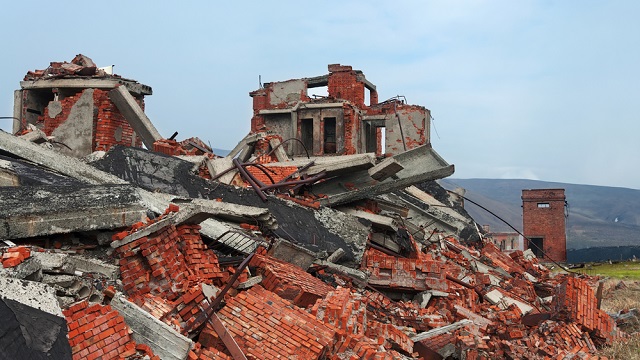Kecia Lynn
Kecia Lynn has worked as a technical writer, editor, software developer, arts administrator, summer camp director, and television host. A graduate of Case Western Reserve University and the Iowa Writers' Workshop, she is currently living in Iowa City and working on her first novel.
An MIT scientist has succeeded in creating mini-cubes that have no external parts yet are able to move and assemble themselves into larger shapes. Possible applications include repairing damaged buildings and exploring dangerous terrain.
Two German pianist-researchers have developed a learning system that combines a standard electric piano keyboard with a color projection screen on which blocks, representing notes, stream towards the appropriate keys.
Researchers have come up with a printing process involving a special silver-based conductive ink that can deposit itself to paper. For home hobbyists, it could bridge the gap between a plastic casing and a working electronic device.
The inventors of the “TomTato” say their product — the result of a decade’s worth of development — is the first successful tomato-potato graft to be produced for the mass market.
A wearer viewing a sign through NTT Docomo’s Intelligent Glasses will see a translated image of the characters. The prototype currently works for Japanese, Chinese, Korean and English.
Custom-made from a dental scan and designed to fit over the teeth, the Blizzident claims to do the job of a regular toothbrush in only six seconds.
A group of shops in the Czech city loans customers free folding bikes in exchange for a deposit of about US$16. The program’s small size demonstrates that bike-sharing needn’t be a big corporate-led endeavor.
Capturing a smaller space object that temporarily enters Earth’s orbit could be a lot easier and cheaper while still providing valuable data, say proponents.
Using data from space telescopes, including the now-sidelined Kepler, astronomers have identified cloud structures on Kepler-7b, a “hot Jupiter” exoplanet that was one of the first discovered.
Scheduled to arrive late next year for testing, the printer will enable astronauts to make replacement parts quickly and easily, saving money as well as stress.
A team of McGill University students are working on providing poorer countries with food products, including flour, made entirely from locally grown insects. Their concept won this year’s $1 million Hult Prize.
A newly-passed ordinance requires all new home construction to contain the circuitry necessary to allow owners to install their own charging station. The estimated added cost is $200, a mere drop in a bucket full of multimillion-dollar homes.
SAP has developed a machine and corresponding app that, when brought together, creates a customized purchasing experience for the user while giving vendors lots of useful data.
Scheduled to air live November 3 — on YouTube — the 90-minute show will feature performances from those who gained fame on the video platform as well as those, such as Eminem, who became famous via more old-fashioned routes.
On Monday (Sept. 30) the airline announced a plan to outfit its 11,000-strong pilot corps with Microsoft Surface 2 tablets. The new “electronic flight bag” will replace the traditional bag, which can weigh nearly 40 pounds.
As user interfaces grow more sophisticated, incidences of motion sickness — and the less-well-known simulation sickness — are expected to increase. Writer Christopher Mims says this may become the new normal.
An ordinance passed by the city council went into effect earlier this month, making West Hollywood the first municipality in the US, and possibly the world, to ban the selling of fur. Not surprisingly, high-end retailers aren’t happy.
At the famously meat-heavy festivities, several beer tents are offering meat- and/or animal-free options on their menus. The new choices reflect the country’s changing diet demographic.
By not being in the same time zone as its neighbors, Spaniards are suffering issues ranging from low worker productivity to a persistent feeling of jet-lag brought on by not enough sleep.
Not only are such spaces — including a proposed park and bank — on the increase, demand for them is increasing as well. Opponents say that they represent a step backwards.
Officials in the Chinese city have put out an appeal to help them correct signs containing clumsy English translations. It’s part of a greater initiative designed to entice more foreigners to move to the area.
Since 2011, the London agency has employed a team of “super-recognizers” who have an exceptional memory for faces. Despite their success, legal experts say their use could raise questions about what’s considered allowable testimony in court.
Released today (Sept. 27) after an all-night session, the summary document of the UN panel’s forthcoming report declares that the proof of climate change is “unequivocal” and that human activity is “extremely likely” to be at fault.
New research suggests that playing a musical instrument could help slow or even prevent the age-related decline of certain mental functions, such as the ability to process data more efficiently without being affected by occasional errors.
The same model used to bring farm-fresh produce to urban dwellers is being applied to art, with members purchasing shares and receiving works from local artists.
Analysis of the first scoop of topsoil picked up by NASA’s Curiosity rover reveals a composition that includes two percent water. It could mean one less worry for future human visitors.
While the primary purpose of Stir’s Kinetic Desk is to encourage workers to stand regularly, extra built-in features let them track their sitting and standing times and may eventually connect to wearable sensors.
The tragic event compelled nonprofit tech company Ushahidi to create a rough draft of a tool that eventually can be used by even the simplest cell phones. They’ve posted the code online in hopes that others will help finish it.
Picking up on the urban farming trend, a Pennsylvania couple has launched a startup that allows the curious-but-clueless to rent two egg-laying hens and equipment for a single season.
The device employs the same technology NASA uses to locate Cassini’s position in deep space. With it, searchers can find people buried under as much as 30 feet of crushed material.

